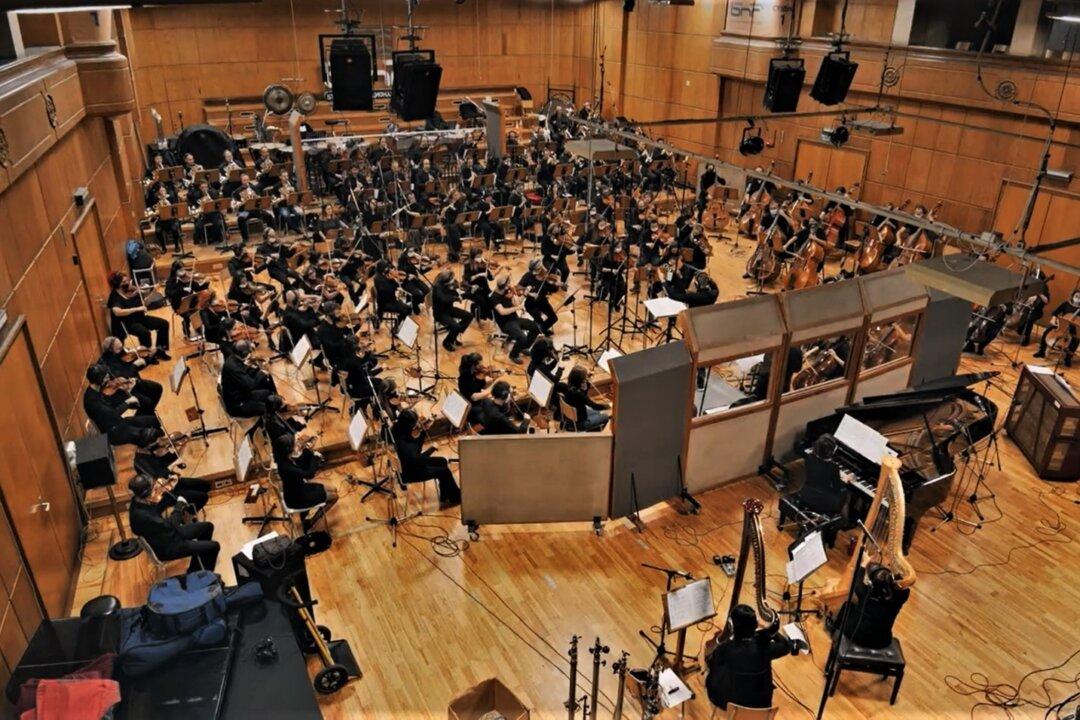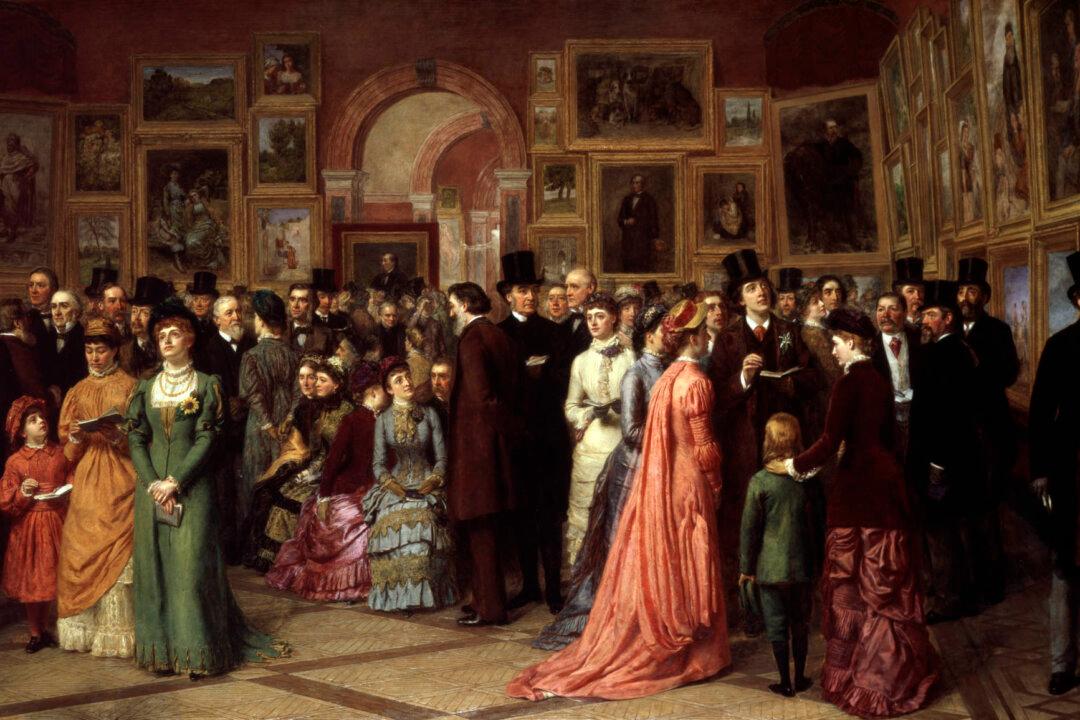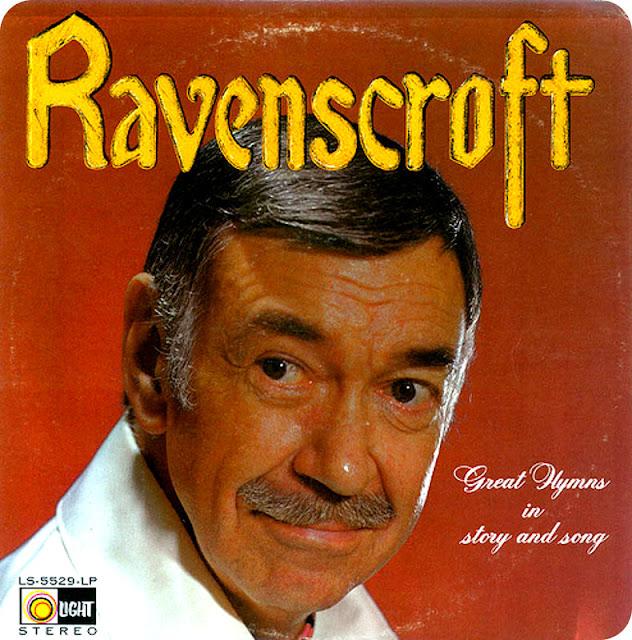Two works of art in the same medium can often be connected like pearls on a string, one leading to the creation of another, and then another. However, just as often, several works of art in different media can be interconnected in something more like a three-dimensional nexus. That can be fascinating to explore from any direction, whether starting with music, drama, dance, or even culture generally. I came across such a labyrinth recently when revisiting “A Midsummer Night’s Dream” in its various incarnations.
The question had arisen in casual conversation about the changing seasons, in regard to a cold spell that came through and threatened our newly planted garden. “When will summer finally begin?” I asked my wife in frustration. “And, by the way, when is ‘midsummer’? You know, like in Shakespeare? And why did he choose that as a title?”






